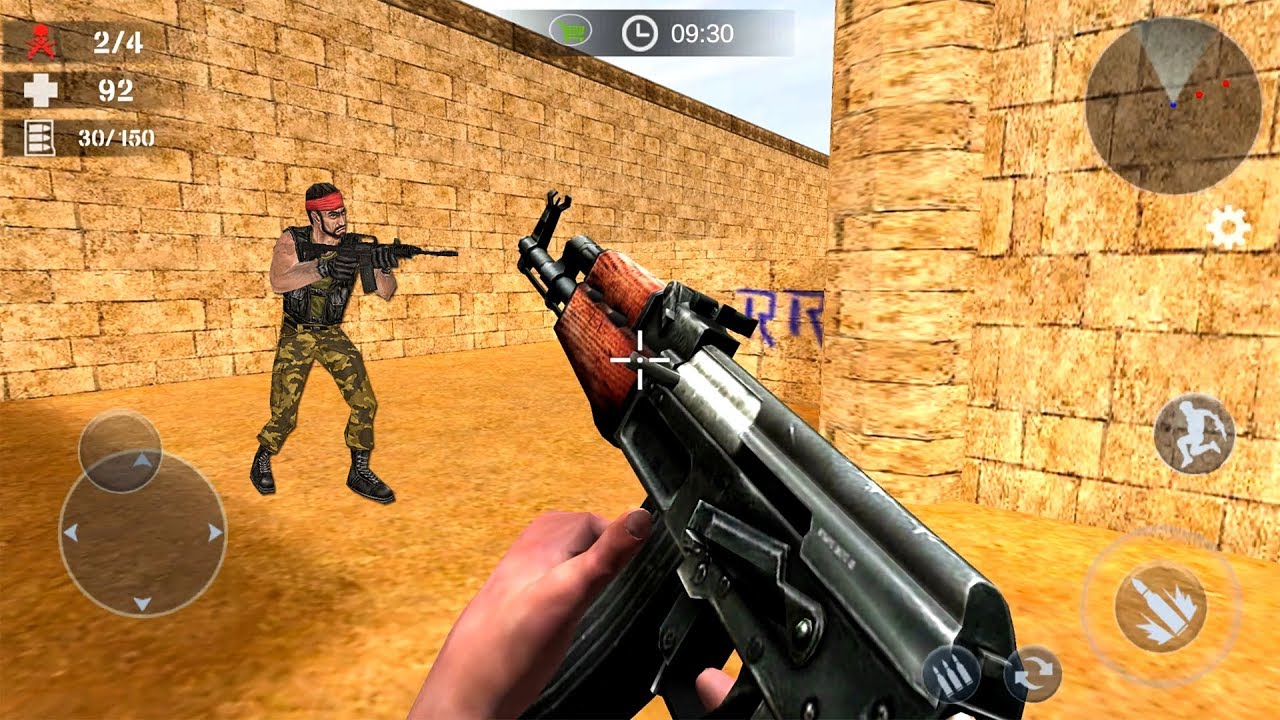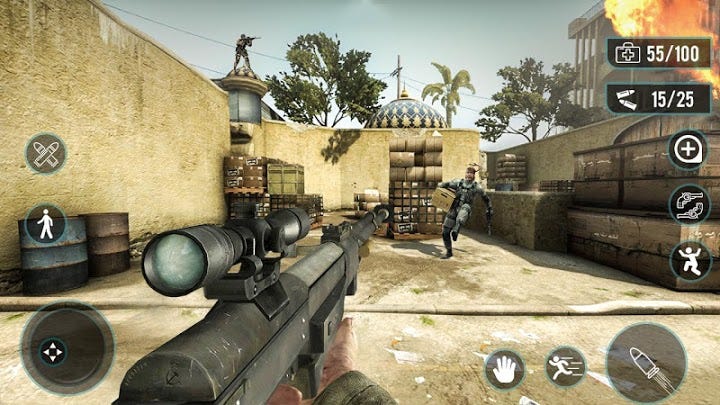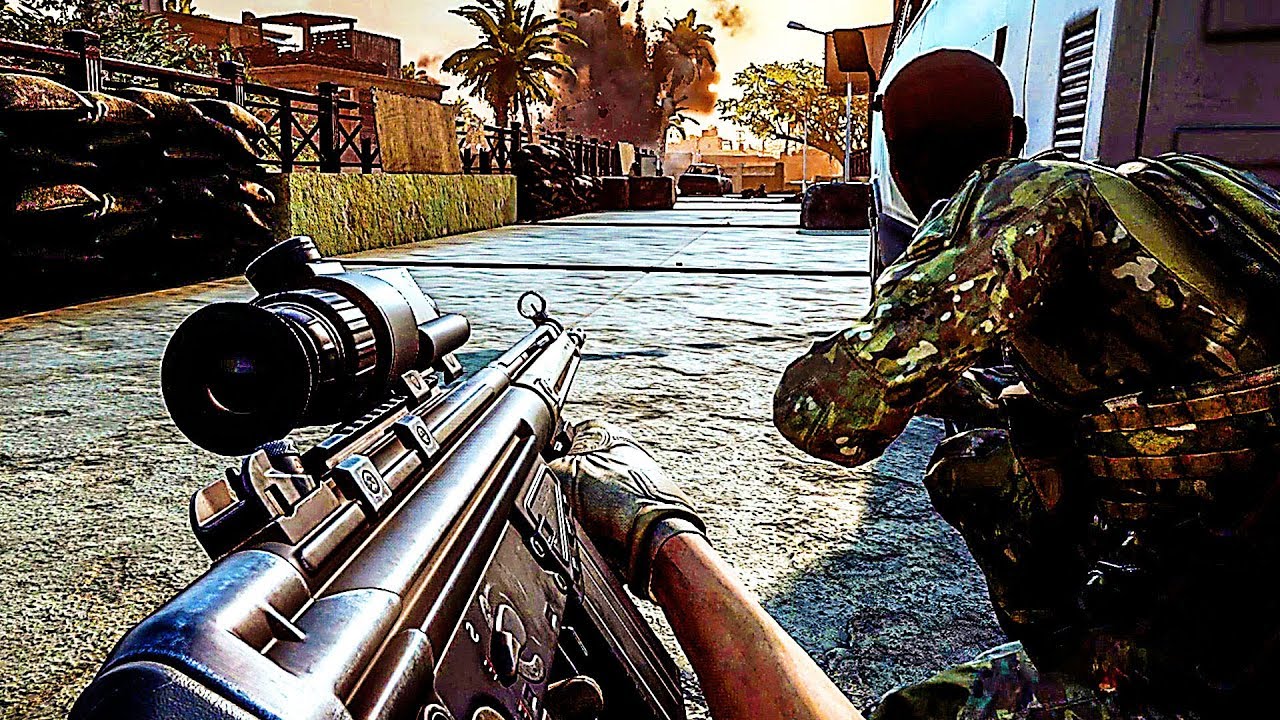Shooting games are among the most popular video game genres worldwide, offering players an engaging mix of strategy, reflexes, and storytelling. These games place players in scenarios where accuracy, timing, and decision-making play crucial roles. Whether first-person or third-person perspectives, shooting games provide immersive experiences that appeal to a diverse audience.
This genre spans a wide array of subgenres, including first-person shooters (FPS), third-person shooters, tactical shooters, and battle royale games. Each type brings unique mechanics and gameplay, ensuring there’s something for every kind of player.
Evolution of Shooting Games

The history of shooting games dates back to the early days of gaming, with classics like Space Invaders in 1978 and Doom in 1993 shaping the genre. These pioneering titles introduced fundamental mechanics such as aiming, shooting, and level progression, which remain staples today.
As technology advanced, shooting games evolved in graphics, gameplay mechanics, and narrative depth. The late 1990s and early 2000s saw groundbreaking titles like Half-Life and Counter-Strike push boundaries, combining multiplayer modes with immersive storytelling. Modern games like Call of Duty and Fortnite have further elevated the genre, incorporating online multiplayer experiences and massive open-world maps.
Key Elements of Shooting Games
Shooting games stand out due to several defining features:
- Immersive Gameplay: Most shooting games focus on creating realistic environments where players feel part of the action.
- Weapon Variety: Players can choose from a range of weapons, from pistols to rocket launchers, each with unique mechanics.
- Multiplayer Modes: Many modern shooting emphasize online multiplayer, offering cooperative or competitive gameplay.
- Strategic Depth: Beyond shooting skills, players often need to strategize, manage resources, and work as a team.
- Realistic Graphics: Advanced technology allows developers to create highly detailed environments, enhancing the immersive experience.
Popular Subgenres in Shooting Games
- First-Person Shooters (FPS)
First-person shooters place players directly in the protagonist’s shoes, providing a perspective that mimics real-world sightlines. Games like Counter-Strike: Global Offensive, Overwatch, and Battlefield exemplify this subgenre, offering fast-paced action and team-based objectives. - Third-Person Shooters
Third-person shooters provide a more comprehensive view of the player’s character and surroundings. Titles such as Gears of War and The Division excel in this subgenre, combining tactical gameplay with intense action. - Tactical Shooters
Tactical shooters emphasize careful planning and teamwork over fast-paced action. Games like Rainbow Six Siege and Arma 3 require players to approach missions strategically, valuing precision and collaboration. - Battle Royale Games
Battle royale games blend shooting mechanics with survival gameplay. Games like Fortnite, PUBG, and Apex Legends have become cultural phenomena, attracting millions of players globally with their last-man-standing gameplay style. - Impact of Shooting Games on Popular Culture
Shooting games have transcended gaming culture, influencing films, television, and even esports. Many iconic characters and storylines from games like Halo and Call of Duty have inspired media outside of gaming. Esports tournaments dedicated to shooting draw large audiences, offering significant prize pools and professional opportunities for players.
Additionally, the rise of streaming platforms has given shooting a prominent place in online content creation. Gamers on platforms like Twitch and YouTube regularly showcase their skills, strategies, and commentary, further expanding the genre’s reach.
Challenges and Criticisms of Shooting Games

While shooting games enjoy immense popularity, they also face criticism. Concerns about excessive violence, addictive gameplay, and potential desensitization to aggression are common. Developers and players must navigate these issues responsibly, ensuring that gaming remains a positive and enjoyable activity.
In response to these challenges, many developers implement features like parental controls, content filters, and educational campaigns to promote responsible gaming. Moreover, storytelling in shooting games has evolved to include nuanced narratives that highlight the consequences of violence and conflict.
The Role of Technology in Advancing Shooting Games
Technology has been a driving force behind the evolution of shooting games. From 8-bit graphics to photorealistic visuals, advancements in hardware and software have transformed the gaming experience. Virtual reality (VR) and augmented reality (AR) are the latest frontiers, allowing players to immerse themselves like never before.
Games like Half-Life: Alyx and Pavlov VR demonstrate the potential of VR in shooting games, offering intuitive controls and lifelike interactions. Similarly, advancements in AI ensure smarter enemies and more dynamic gameplay, challenging players to adapt constantly.
Diversity in Shooting Games

Modern shooting games cater to a wide audience, incorporating diverse characters, storylines, and gameplay styles. Developers are increasingly emphasizing inclusivity, featuring protagonists from various backgrounds and cultures. This shift not only enriches storytelling but also broadens the genre’s appeal.
Moreover, games like Valorant and Overwatch highlight team-based play, encouraging players to collaborate across skill levels and preferences. This diversity fosters a sense of community within the gaming world.
The Future of Shooting Games
As technology and creativity continue to evolve, the future of shooting games looks promising. Developers are experimenting with new storytelling techniques, innovative gameplay mechanics, and cross-platform functionality. Features like cloud gaming and 5G connectivity are set to enhance accessibility, allowing more players to mariatogel enjoy these games without the need for high-end hardware.
Additionally, the integration of AI, machine learning, and procedural generation will likely shape the next wave of shooting. These advancements could lead to more dynamic environments, adaptive enemy behaviors, and personalized experiences for players.
Conclusion
Shooting games remain a cornerstone of the gaming industry, blending action, strategy, and innovation. Their ability to evolve and adapt ensures their enduring popularity among players of all ages and backgrounds. As the genre continues to grow, it will undoubtedly push the boundaries of what gaming can achieve, captivating audiences for generations to come.









